Deer are a type of hoofed mammal known as ungulates, which also includes animals such as cows, goats, and horses. One of the most distinctive characteristics of male deer, or bucks, is the presence of antlers. Antlers are bony structures that grow out of a deer’s forehead and are used primarily for mating and territorial displays. While they may seem like a permanent fixture on a buck’s head, deer actually shed their antlers every year and grow a new set. This process is known as antler casting.
Deer Antlers Overview
The growth and shedding of antlers is an intricate process that is influenced by a variety of factors, including genetics, nutrition, and hormones. Antlers are made of living tissue and are one of the fastest-growing tissues in the animal kingdom. They are composed of a spongy material called spongy bone, which is covered by a layer of skin called velvet. As the antlers grow, the velvet supplies the developing antlers with blood and nutrients, allowing them to grow at a rapid rate.
The growth of antlers is primarily driven by the hormone testosterone, which is produced by the testicles. Testosterone levels in a buck’s body peak during the breeding season, also known as the rut, which typically occurs in the fall. This surge in testosterone triggers the growth of new antlers. The antlers continue to grow until they reach their full size, which can vary depending on the species of deer and the individual animal. For example, white-tailed deer antlers can grow up to three feet in length, while mule deer antlers can grow up to four feet.
After the antlers have reached their full size, the velvet begins to dry out and die. This process is called hardening off. As the velvet dies, it is sloughed off, revealing the hard, bony antlers underneath. Once the velvet is gone, the antlers are fully grown and ready to be used for mating and territorial displays.
While the antlers are useful for these purposes, they also come with a cost. Antlers are expensive to grow and maintain, requiring a significant amount of energy and resources. As a result, deer will shed their antlers once the breeding season is over and they are no longer needed. This process is known as antler casting.
When Does Antler Casting Happen
Antler casting typically occurs in the late winter or early spring, after the rut has ended. As testosterone levels in the buck’s body begin to decrease, the antlers begin to weaken and break off at the pedicle, the bony protrusion on the skull where the antlers are attached. Once the antlers have been shed, the pedicle begins to heal and the cycle starts all over again, with new antlers beginning to grow in the spring.
Deer Age And Their Antlers
The growth and shedding of antlers has important implications for male deer’s development over the years. As bucks get older, they tend to have larger and more complex antlers. This is because older bucks have higher testosterone levels, which allows them to grow larger antlers. In addition, older bucks tend to have better nutrition, which also contributes to the size and complexity of their antlers.
However, the size and complexity of a buck’s antlers are not the only factors that determine his mating success. A buck’s overall health and condition also play a role. A healthy, well-fed buck is more likely to win the attention of female deer, or does, during the rut. As a result, the shedding of antlers and the subsequent regrowth can be seen as a way for male deer to reset and prepare for the next breeding season.
Antlers vs. Horns
One of the main differences between antlers and horns is the way they are attached to the animal’s head. Antlers are a type of bone that grows out of a bony protrusion on the skull called a pedicle. They are typically found on deer and other members of the cervidae family, such as moose and elk. Antlers are made of living tissue and are covered in velvet when they are growing. Once the antlers have reached their full size, the velvet dies and is sloughed off, revealing the hard, bony antlers underneath.
Horns, on the other hand, are made of keratin, the same protein that makes up hair and nails. They are attached to the animal’s skull by a bony core and are typically found on animals such as cows, goats, and antelopes. Unlike antlers, horns do not have a velvet covering and are not made of living tissue.
Another difference between antlers and horns is the way they grow. Antlers are shed and regrown every year, while horns are permanent structures that do not shed. This is because antlers are made of living tissue and are part of the animal’s skeleton, while horns are made of keratin and are not part of the skeleton.
The size and shape of antlers and horns can also vary depending on the species of animal. Some animals, such as elk and moose, have large, branched antlers, while others, such as deer and caribou, have smaller, unbranched antlers. Horns can also vary in size and shape, with some animals, such as bison and water buffalo, having large, curved horns, while others, such as antelopes and sheep, have smaller, straight horns.
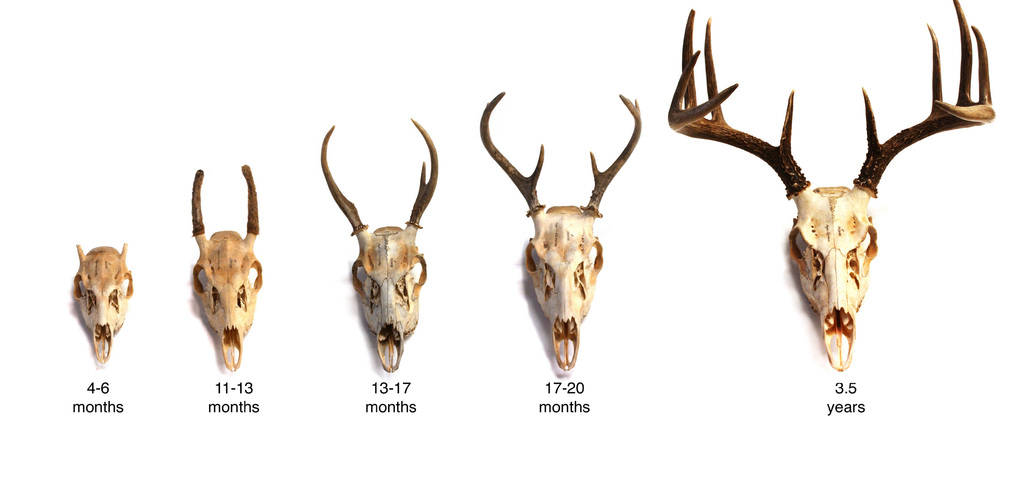
Which Deer Has The Largest Antlers?
The deer with the largest antlers is the moose. Moose are the largest members of the deer family, and they have the largest and most complex antlers of any deer species. Moose antlers can grow up to six feet in length and can weigh up to 70 pounds. The antlers of a moose are wide and flat and have a characteristic Y-shaped branching pattern. They are used primarily for mating and territorial displays and are shed and regrown every year.
Other deer species that have large antlers include elk and caribou. Elk, also known as wapiti, have antlers that can grow up to five feet in length and weigh up to 40 pounds. Like moose, elk antlers have a branched structure and are used for mating and territorial displays. Caribou, also known as reindeer, have antlers that can grow up to four feet in length and weigh up to 30 pounds. Caribou antlers are typically unbranched and are used for both mating and territorial displays, as well as for digging through snow to find food.
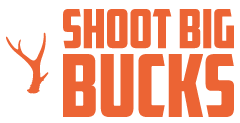
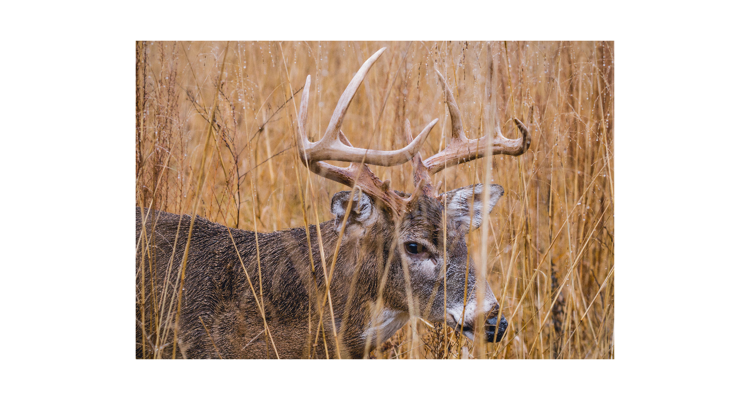
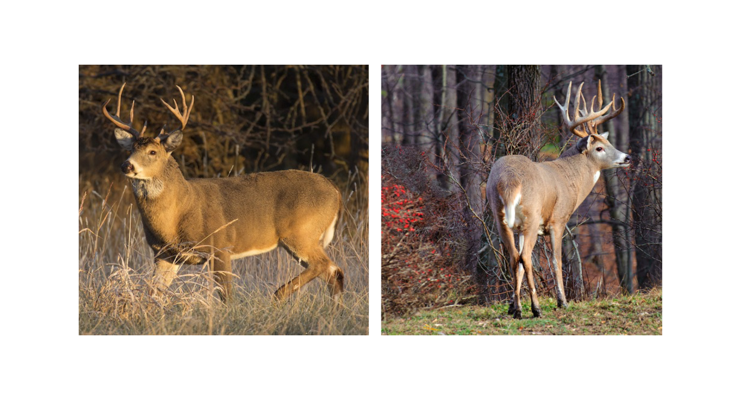
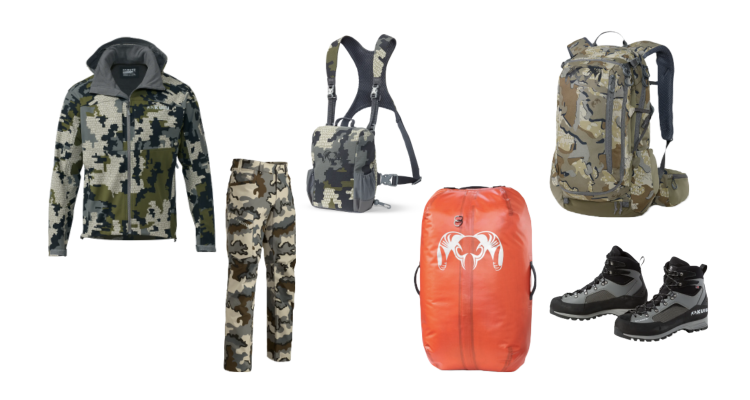
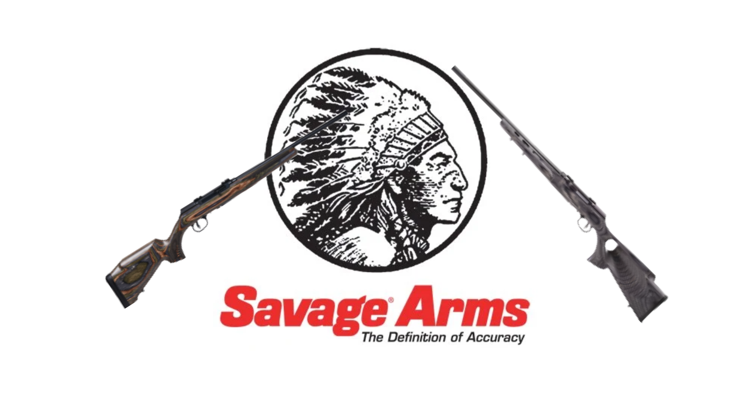

![Bow Case FAQs [Soft & Hard]](https://shootbigbucks.com/wp-content/uploads/2022/09/Bow-Case-FAQs-Soft-Hard.png)
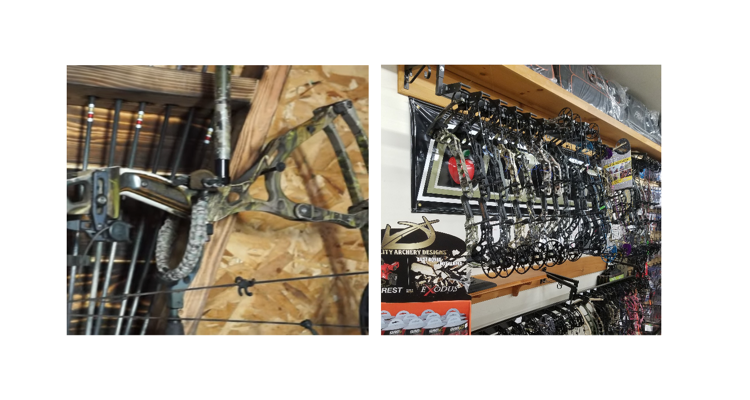
2 Replies to How And Why Deer Shed Their Antlers
Comments are closed.
What’s the Difference Between 22 Short, 22 Long, 22LR and 22WMR?
How To Store Your Compound Bow In A Case
Top SKB Bow Cases [4 Picks For You]
Tactacam 5.0 Hunting Action Camera Review
Best KUIU Hunting Gear [9 Top Items]
How And Why Deer Shed Their Antlers
Best Savage .22 Rifles [4 Top Models]
Deer Hunting Packing List [10 Best Items To Bring]